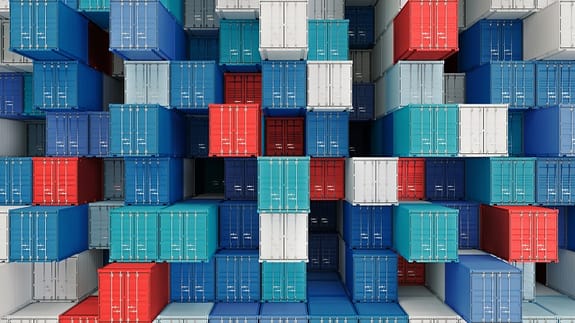Make sure you've positioned your inventory to changes in demand
Investec's import solutions. Imagine the possibilities.
In this ever changing market, it is crucial for retailers, manufacturers and distributors to have sufficient inventory to service pent-up demand. Investec’s import solution provides a holistic view of your inbound supply chain for effective forward planning, and offers additional finance to fulfill future stock requirements. Having our own in-house logistics business, enables you to leverage off our significant volumes and minimise supply chain bottle necks. Our end-to-end solution is unique in the market, so if you are thinking of growth, position yourself with the right partner.
Optimise your cash flow and reduce supply chain complexity
-
Finance and logistics from one partner
Unlock a host of benefits with a single point of contact for your imports and finance, helping you optimise cash flow and reduce risk.
-
Simplify your inbound supply chain
We manage your full logistics process, from order confirmation to shipping and delivery, reducing your time spent on import administration and oversight.
-
Manage by exception
A managed proactive service that understands the urgency in making quick and informed decisions, which will alert you in real time to exceptions in your supply chain; this is supported by online reporting with visibility of the full inbound supply chain.
-
Leverage our inhouse expertise
Our clients leverage off our volumes and economies of scale achieving highly competitive clearing and shipping rates, with potential cost saving opportunities. We also provide guidance on tariffing and ensure compliance with local and international trade protocols.

Partner with Investec
Find out how we can assist you with import solutions that support your business needs




